The Thrive calves on the Hally farm in Tipperary are doing very well in the September sunshine and grass.
Two weeks ago, we talked about the fact some of them were coughing.
It was a deep chesty cough, so the first suspect was hoose (lungworm).
There were little or no other symptoms other than the chesty cough.
Treated
As it was only four weeks since they were treated for lungworm, we said we’d take blood and dung samples before doing anything else.
The pour-on that had been used was a recently launched new product from Norbrook called Taurador Pour-On.
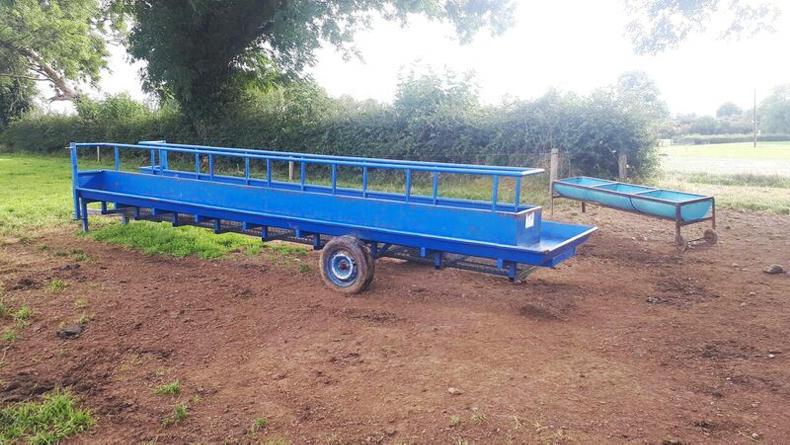
Thrive lighter calves are on 1.5kg of meal for the last five weeks and good grass.
According to Norbrook, it’s a doramectin-based endectocide, licensed to treat gastrointestinal roundworms, lungworms, eyeworms, warbles, sucking and biting lice, mange mites and hornfly in cattle.
The advice from the farm vet was that the pour-on would protect the calves for five weeks and then the recommendation was to leave the animal for three weeks without treatment to allow more natural resistance to build up again.
Samples
We took dung samples, nasal swabs and blood samples. The dung samples results came back clear, so lungworm might not have been causing the cough.
However, the blood samples showed there was a touch of a number of viral diseases – IBR, Pi3 BVD, and Mycoplasma Bovis, but no RSV which might have been expected.
Mycoplasma Bovis might have been what was causing the calves to cough.
There are no other clinical signs of anything
So what did we do? The calves seem to be doing well, despite the random coughs, when you walk into the field to look at them.
There are no other clinical signs of anything.
Last weekend, the calves were dosed with a white drench for lungworm protection, as the eight weeks had elapsed since they were last treated.
Infected
As regards the other diseases identified, the farm vet said: “The calf tested with BVD antibodies could have been infected on the farm he was purchased from.
"Similarly, the IBR antibodies could be maternal antibodies. The Mycoplasma Bovis you can’t do much about, it’s in most herds, but is not holding back stock.”
His advice was to go back to the herds where the calves were born and check if they were vaccinating for IBR.
He also suggested to blood-test 10 more calves, as the maternal antibodies should be nearly gone at this stage on the older calves.
The key he said now will be good ventilation in the shed where they go for the first winter.
A vaccination plan may be developed, but not until we know a bit more about what’s circulating in the calves. We'll keep you posted.
Weights
The group of 60 younger and lighter calves are on 1.5kg of meal for the last month. The 80 bigger older calves haven’t had any meal since the spring and are on good grass only.
All the calves were weighed last weekend.
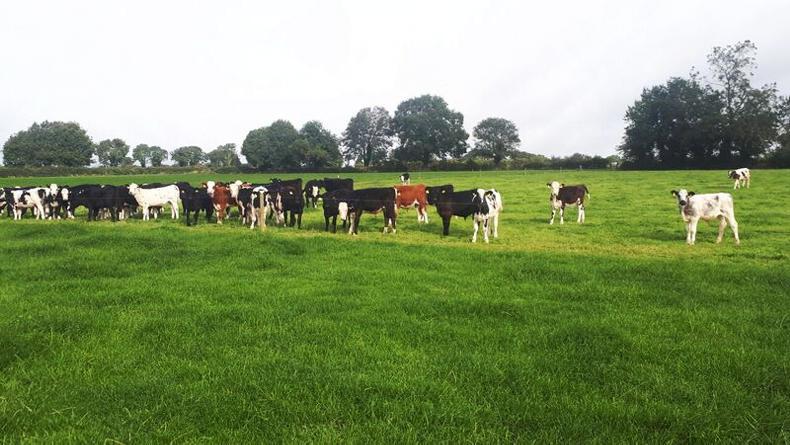
The 60 lighter, younger calves are on 1.5kg of meal for the last six weeks and average 175kg as a group.
When we look at the weights, there are a couple of things jump out.
First of all, the 140 calves are being managed as two groups for the last eight weeks.
Group 1 is made up of the 80 heavier, older calves, on good grass only, and they are averaging 188kg.
This ranges from 160kg for a Hereford bull calf to 228kg for a Aberdeen Angus bull calf. There are 17 calves over 200kg in this group.
Group 2 is the 60 slightly lighter, younger calves. They have been getting 1.5kg of meal per head and grass for the last six weeks.
On average as a group they are 175kg and they range in weight from 130kg for a Belgian Blue bull calf to 214kg for an Aberdeen Angus bull calf. There are only five calves over 200kg in this bunch.
Meal
Meal will have to be introduced to all calves shortly and these weights will help decide how they are managed.
We can see straight away there are 20 calves between the two groups that are below 160kg.
These will be the younger calves, but they are going to need a little extra love to bring them in line.
Managing them as a little group on their own will help them, as they won’t have the competition from their bigger and older comrades.
The rest then are going to have to be managed in two groups as bulls and heifers shortly.
Castration
In the next month, the bull calves will be castrated, so, ideally, they should be on meal and good grass to minimise the stress during this period.
When we look at the weights across the three breeds, there is little or nothing between them yet – the Angus are coming in at 185kg with 182kg for both the Hereford and Belgian Blues.
The male growth hormone is giving that little bit of an advantage
When we break the weights down into bulls and heifers, a little gap is beginning to open.
The 65 heifer calves are averaging 179kg, while the bull calves are averaging 186kg, as the male growth hormone is giving that little bit of an advantage.
Again, when we break it down by breed and sex, we see the same trend.
The bull calves in each breed that little bit ahead of the heifers by 5kg to 8kg per head on average.
The plan with these animals is to have the heifers and some of the bullocks near finished at this time next year, as they hit between 18 and 20 months of age.
See more on www.farmersjournal.ie.
Read more
Watch: meal feeding starts for finishing heifers
Steers doing over 1kg/day on dairy calf to beef demonstration farm
The Thrive calves on the Hally farm in Tipperary are doing very well in the September sunshine and grass.
Two weeks ago, we talked about the fact some of them were coughing.
It was a deep chesty cough, so the first suspect was hoose (lungworm).
There were little or no other symptoms other than the chesty cough.
Treated
As it was only four weeks since they were treated for lungworm, we said we’d take blood and dung samples before doing anything else.
The pour-on that had been used was a recently launched new product from Norbrook called Taurador Pour-On.

Thrive lighter calves are on 1.5kg of meal for the last five weeks and good grass.
According to Norbrook, it’s a doramectin-based endectocide, licensed to treat gastrointestinal roundworms, lungworms, eyeworms, warbles, sucking and biting lice, mange mites and hornfly in cattle.
The advice from the farm vet was that the pour-on would protect the calves for five weeks and then the recommendation was to leave the animal for three weeks without treatment to allow more natural resistance to build up again.
Samples
We took dung samples, nasal swabs and blood samples. The dung samples results came back clear, so lungworm might not have been causing the cough.
However, the blood samples showed there was a touch of a number of viral diseases – IBR, Pi3 BVD, and Mycoplasma Bovis, but no RSV which might have been expected.
Mycoplasma Bovis might have been what was causing the calves to cough.
There are no other clinical signs of anything
So what did we do? The calves seem to be doing well, despite the random coughs, when you walk into the field to look at them.
There are no other clinical signs of anything.
Last weekend, the calves were dosed with a white drench for lungworm protection, as the eight weeks had elapsed since they were last treated.
Infected
As regards the other diseases identified, the farm vet said: “The calf tested with BVD antibodies could have been infected on the farm he was purchased from.
"Similarly, the IBR antibodies could be maternal antibodies. The Mycoplasma Bovis you can’t do much about, it’s in most herds, but is not holding back stock.”
His advice was to go back to the herds where the calves were born and check if they were vaccinating for IBR.
He also suggested to blood-test 10 more calves, as the maternal antibodies should be nearly gone at this stage on the older calves.
The key he said now will be good ventilation in the shed where they go for the first winter.
A vaccination plan may be developed, but not until we know a bit more about what’s circulating in the calves. We'll keep you posted.
Weights
The group of 60 younger and lighter calves are on 1.5kg of meal for the last month. The 80 bigger older calves haven’t had any meal since the spring and are on good grass only.
All the calves were weighed last weekend.

The 60 lighter, younger calves are on 1.5kg of meal for the last six weeks and average 175kg as a group.
When we look at the weights, there are a couple of things jump out.
First of all, the 140 calves are being managed as two groups for the last eight weeks.
Group 1 is made up of the 80 heavier, older calves, on good grass only, and they are averaging 188kg.
This ranges from 160kg for a Hereford bull calf to 228kg for a Aberdeen Angus bull calf. There are 17 calves over 200kg in this group.
Group 2 is the 60 slightly lighter, younger calves. They have been getting 1.5kg of meal per head and grass for the last six weeks.
On average as a group they are 175kg and they range in weight from 130kg for a Belgian Blue bull calf to 214kg for an Aberdeen Angus bull calf. There are only five calves over 200kg in this bunch.
Meal
Meal will have to be introduced to all calves shortly and these weights will help decide how they are managed.
We can see straight away there are 20 calves between the two groups that are below 160kg.
These will be the younger calves, but they are going to need a little extra love to bring them in line.
Managing them as a little group on their own will help them, as they won’t have the competition from their bigger and older comrades.
The rest then are going to have to be managed in two groups as bulls and heifers shortly.
Castration
In the next month, the bull calves will be castrated, so, ideally, they should be on meal and good grass to minimise the stress during this period.
When we look at the weights across the three breeds, there is little or nothing between them yet – the Angus are coming in at 185kg with 182kg for both the Hereford and Belgian Blues.
The male growth hormone is giving that little bit of an advantage
When we break the weights down into bulls and heifers, a little gap is beginning to open.
The 65 heifer calves are averaging 179kg, while the bull calves are averaging 186kg, as the male growth hormone is giving that little bit of an advantage.
Again, when we break it down by breed and sex, we see the same trend.
The bull calves in each breed that little bit ahead of the heifers by 5kg to 8kg per head on average.
The plan with these animals is to have the heifers and some of the bullocks near finished at this time next year, as they hit between 18 and 20 months of age.
See more on www.farmersjournal.ie.
Read more
Watch: meal feeding starts for finishing heifers
Steers doing over 1kg/day on dairy calf to beef demonstration farm






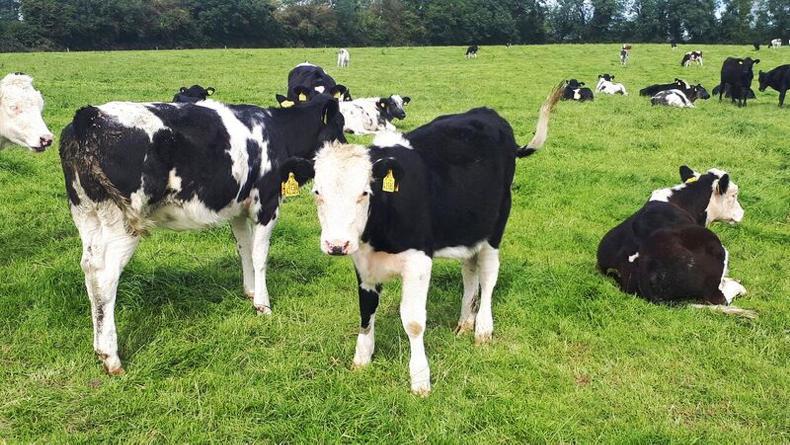
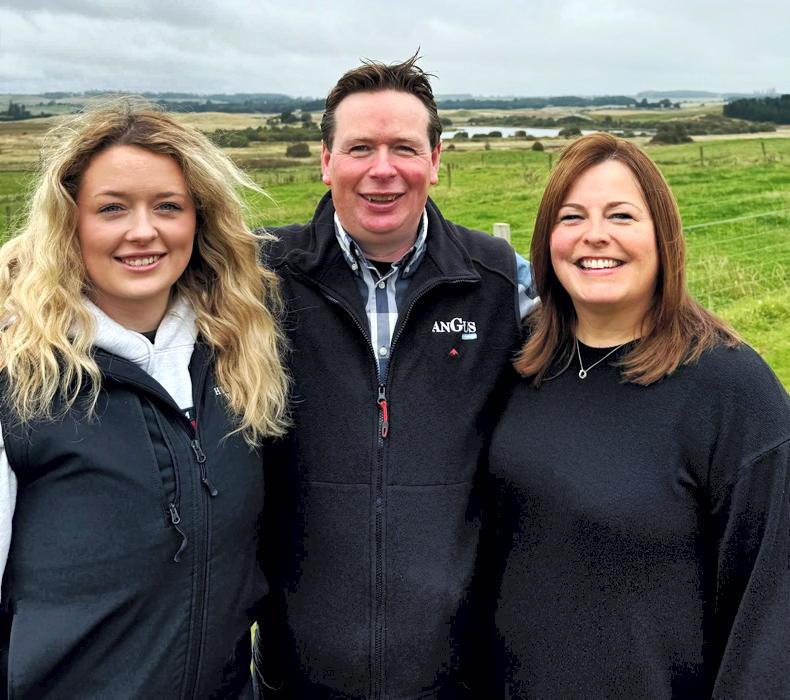
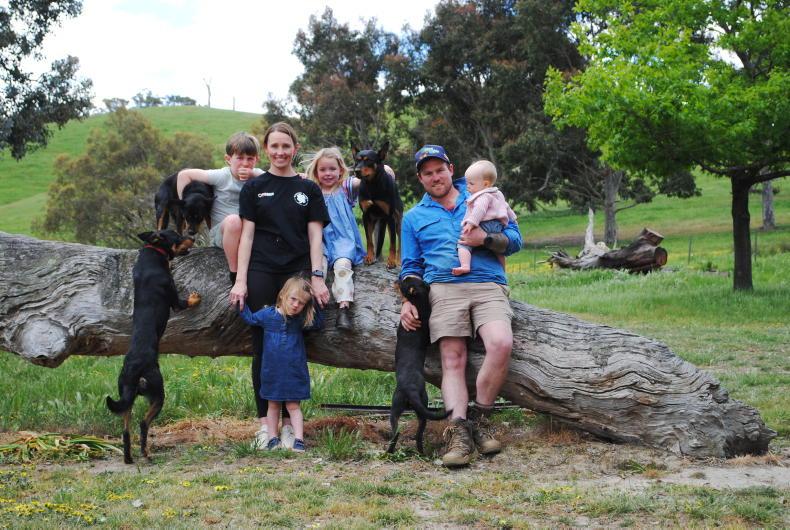
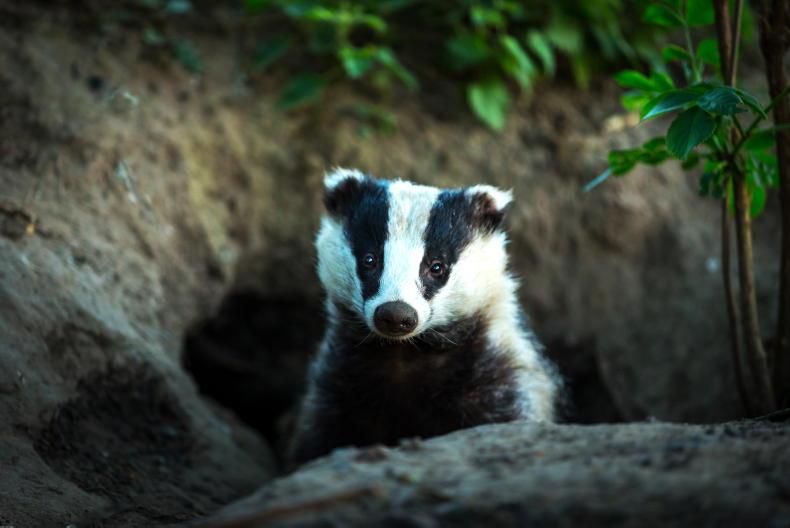
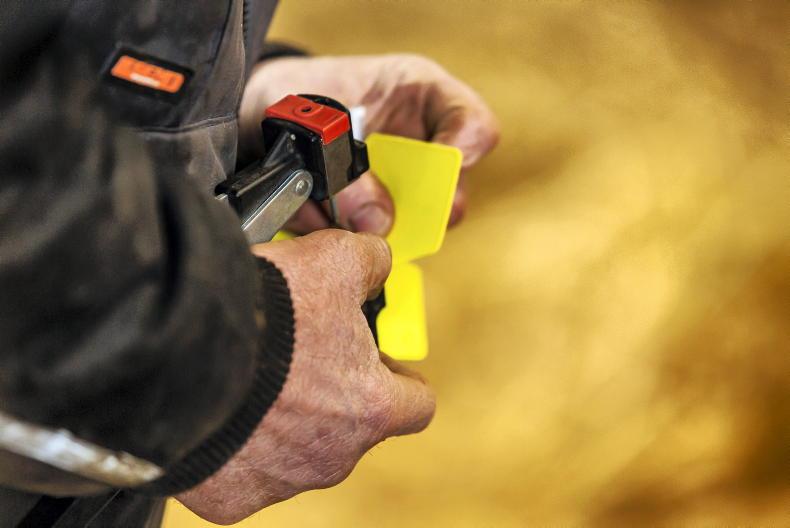
SHARING OPTIONS